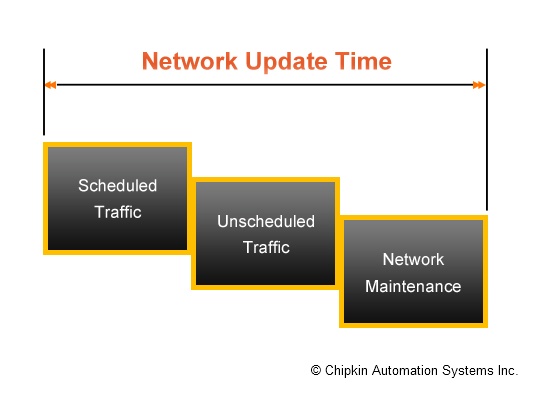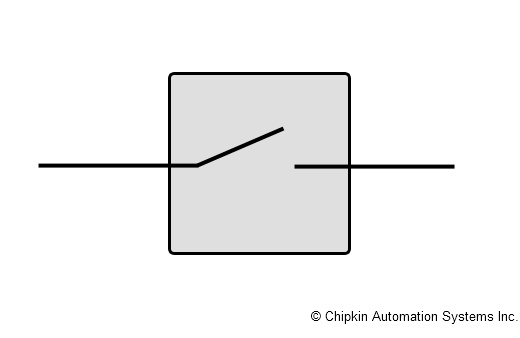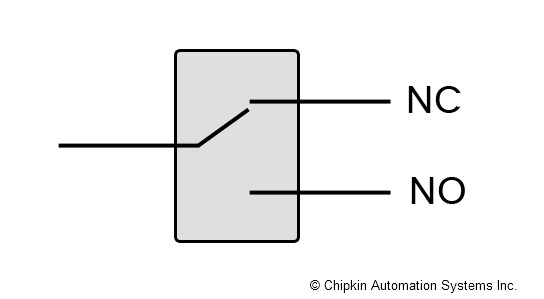Neuron ID
It is a address that is hardware dependent and changes according to
the hardware. The network management tool must have the Neuron ID for
commissioning a device. The Neuron ID does not contain any information
about the device address. A unique 48 bit Neuron ID associated with each
LonWorks device results in approximately 300 trillion different
combinations when it gets burnt into the Neuron chip during the
manufacturing process. When a device is pinned, the Neuron ID is
broadcasted through the network so that a logical address (Subnet/Node
ID) can be assigned.
Subnet/Node ID
Subnet is a logical collection that consists of up to 127 devices
within a domain and all devices in a subnet must be on the same segment.
With one subnet, the
LNS Network Interface is assigned a Subnet/Node ID
of 1/127, whereas all other device’s Subnet/Node IDs begin with an
address of 1/1 and increase sequentially to 1/2, 1/3, etc. These values
are automatically assigned by the network management tool. Up to 255
subnets can be defined within a single domain. Subnets cannot cross
non-permanent type routers. The address is hardware independent i.e.
whenever a device gets replaced; the new device uses the same
Subnet/Node ID in spite of new one. The
node ID
identifies a device on a subnet. It is actually a logical address
assigned to a device after it has been commissioned. The subnet segment
of the ID is employed to route packets. Packets will be available to
other channels/subnets only according to the requirement. The other
channels include: the source channel, the destination channel and all
channels between the source and destination. A device’s Neuron ID and
Subnet/Node ID both can be found in the Identifiers tab of the device’s
properties.
LNS (LonWorks Network Services)
LNS which is basically a client-server operating system developed by
Echelon Corporation provides directory, installation, management,
monitoring, and control services required for
open LonWorks networks. It
is a platform that permits multiple LNS applications to interoperate on
the same personal computer (PC) or on multiple PCs on the same network.
A single
LNS Server can support many interoperating client
applications. The LNS Server has the capability to work as a standalone
application on a PC attached to the network, or on the same PC as the
Network Management tool. Besides remote clients i.e. Clients on other
PCs can log into the LNS Server to access the shared LNS database.
API products cannot be commissioned using LNS tool and vice versa
because API networks function as a peer-to-peer network and employ a
different database structure than client-server model. Network
Management tools using the client-server capabilities of LNS allow
multiple Network Management tools running on different PCs to
simultaneously access the same LNS Server. This capability allows
several users to work at the same time on a single network.
An application that uses the services of the LNS Server is called
LNS client and the host application that uses an NSI as its network interface is called an
LNS host application.
This host application utilizes the services, events, and properties
provided by an NSS to perform network installation, configuration,
maintenance, repair, monitoring, and control. It can also implement its
own application-specific services, events, and properties and, through
the LNS architecture, make these available to other LNS host
applications.
Lonworks Glossary II
Lonworks Glossary III



